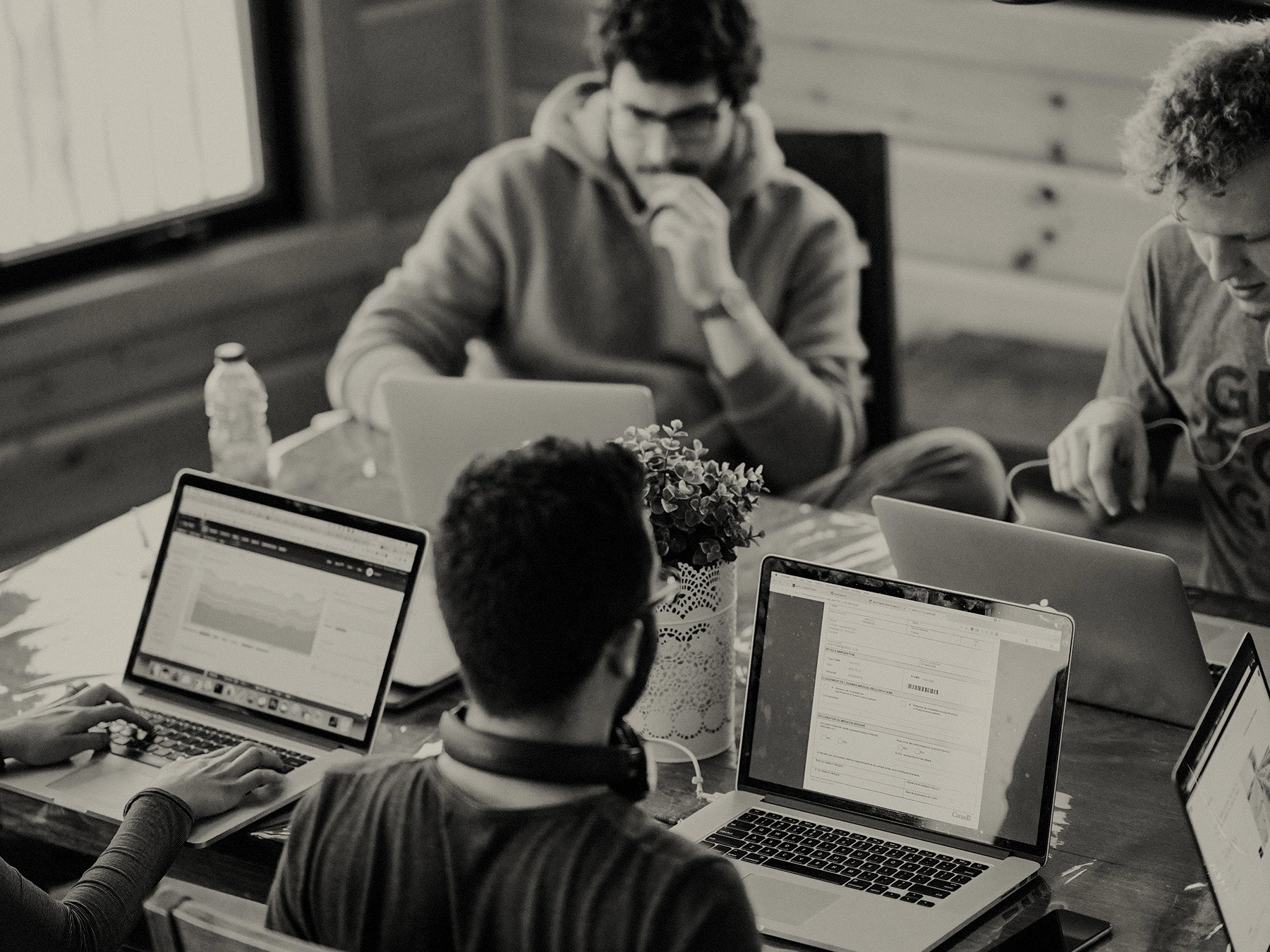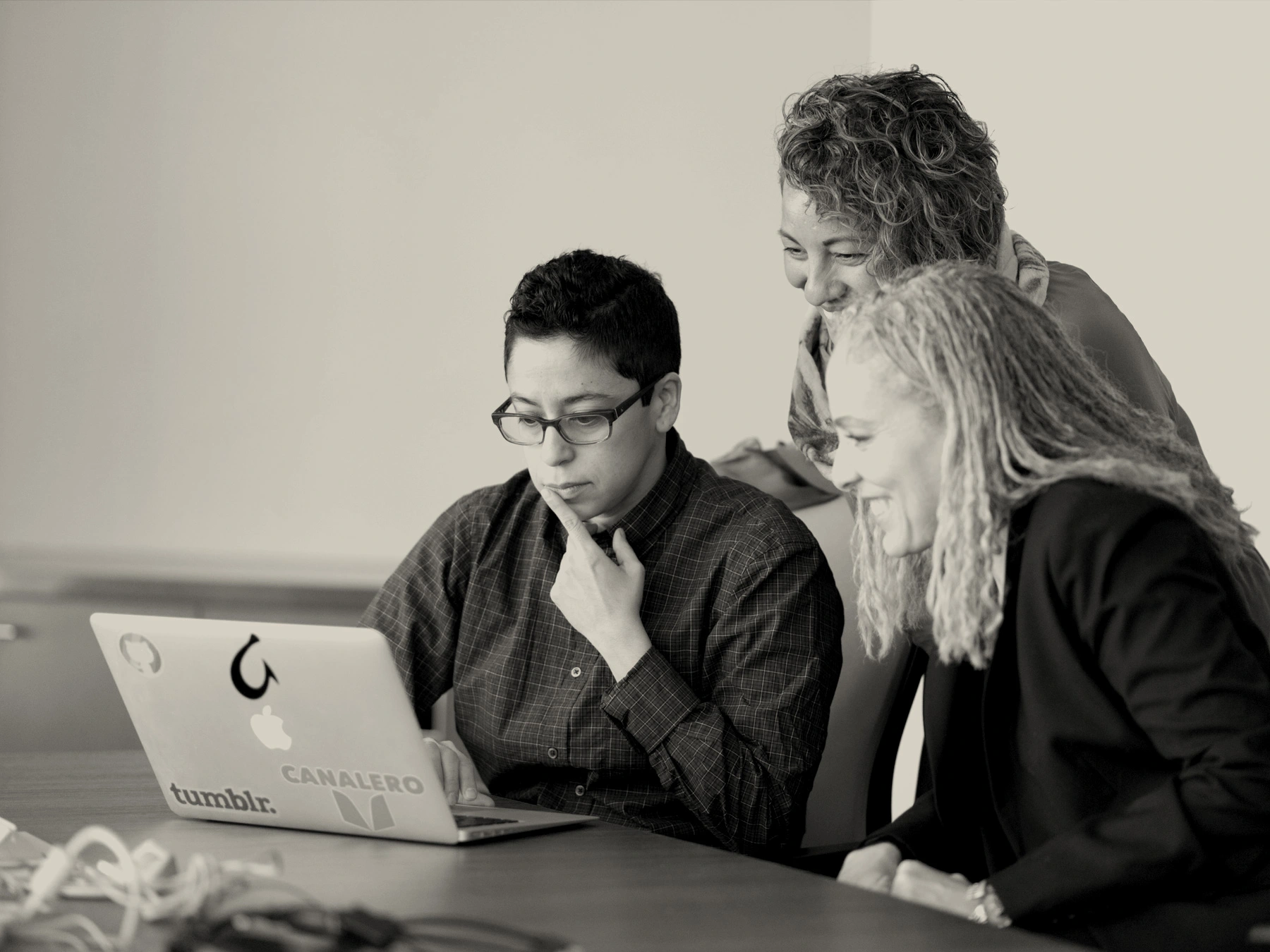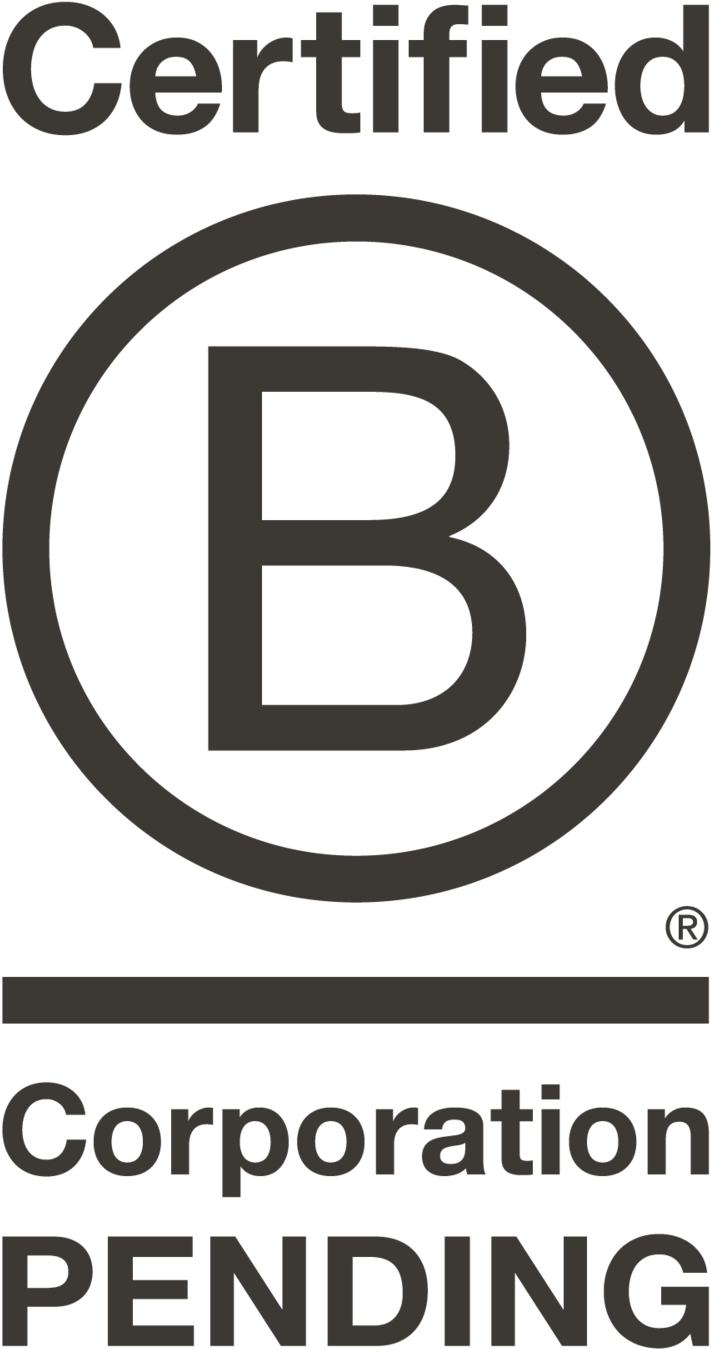Deal, flop, turn, river, and onto the showdown. The allure of underground poker games has long fascinated the psyche and has been an inspirational draw for many Hollywood movies. Plots that centre on high-stakes poker has kept many audiences on the edge of their seats. And for a good reason. Are there many experiences more tense and exhilarating than the closing moments of a high-stakes poker game?
Poker is strategic, analytical, and the risks are high. Lose a game, and you could lose everything. The world of work is taking on some of the characteristics of a winner-takes-all poker game. The war for talent is already a high-stakes engagement. The digital era is one of risk, disruptions, and instability. Globalisation, continuously evolving technologies, and a changing socio-political landscape have combined to upend the world of work as you know it.
A deep sense of unease has permeated the world. No doubt, the COVID-19 pandemic has had a hand to play in this as well. By stripping away bureaucracy, streamlining processes, and flattening hierarchical structures within companies, the response to the pandemic has accelerated digital transformation and brought the future of work right onto your doorstep.
Today's workplace is a high-risk landscape, and it's time to get in tune with the program and adapt. All this uncertainty poses a monumental challenge for organisations. Traditional approaches to strategy assume a relatively stable and predictable trading environment. Even amidst all the uncertainty, one thing is now clear: organisational agility is no longer a topic that a business can work towards; it is needed now.
Let's dive into how this new reality will impact your organisation and how you can manage uncertainty while making agility and resilience your competitive advantage.
High Stakes Leadership: Leading in Times of Crisis
Suppose you want to design the most resilient organisation on earth – one that could survive in any environment, no matter the disruptions. What would that look like? What makes an organisation resilient? The answer lies in its leaders. To lead through uncertainty, you must become fluid, agile and embrace constant transformation-what we describe at inbeta, as Collective leadership.
Being in a leadership position is not unlike being in a high-stakes poker game – there are twists, turns, and quite a few surprises along the way. In today's environment, competitive forces are stronger than ever, and organisations must maintain their competitive edge whilst finding ways to reduce the stress and strain on their employees, simultaneously keep the company moving forwards.
For many business leaders, the COVID-19 pandemic created a crisis unlike any other they'd faced. The pandemic placed extraordinary demands on leaders and employees alike. Leaders need to thrive in the future of work, and though it is not a defined strategy - behaviours and mindset will help them see the bigger picture and look ahead.
Agile organisations combine stability with dynamism. An empowered leader is one that can navigate change and create opportunities in a crisis. You need to develop a network of dynamic teams that can weather and rise above the storm. But first, you must build their capacity for change. As a leader, it's your job to provide direction and an efficient and scalable backbone that reinforces your team's capabilities. This is the key to creating an agile organisation.
Getting Practical About the Future of Work
The world of work is changing. How do you keep up? Robotic process automation and machine learning are rapidly evolving and changing how people live and work. To keep up, you must concentrate on elements that are within your control. Trying to prepare for every outcome could be your downfall. What you need to be is resilient.
Agility is good, but your organisation also needs to be resilient to withstand widescale disruption. Resilience is the capacity of your organisation to absorb shocks and still retain its basic functionality and structure. You want your organisation to grow stronger from the knocks it receives. But how do you do this? You need to rethink your business and remember that your people are at the heart of any change. Develop a vision for the future and keep it in line with the fundamental values of your organisation.
There are three ways you can shift to become more resilient:
1. Shift from bureaucracy to emergence
Bureaucracy is unavoidable, but it does come with a set of difficulties. Rigid, internally focused processes cannot tackle the challenges of an uncertain world. You need structures that are fluid and allow for better decisions to be made faster.
2.Shift from formalisation to personalisation
Formal procedures can depersonalise work and make people lose sight of the bigger picture. Instead, you should emphasise individual accountability. The biggest mistake you can make as you gear up for a digital future is to have your people working in siloed roles cut off from the whole. Employee self-direction and having people take ownership of their work is ultimately the heart of resilience.
3. Shift from profitability to purpose
The world is shifting towards conscious capitalism where doing good things matters sometimes even more than turning a profit. Helping your people find meaning in what they do can be good for them, society, and even business.
Navigating the Future
Have you ever wondered how the worlds leading poker players seem to win almost every tournament they participate in? Apart from being highly skilled, the most successful players are those that keep their cool. Staying focused and mindset is how you bring your A-game to the table.
Similarly, navigating tomorrows workplace today is about staying focused even in the face of change and uncertainty. Companies must indeed adapt, but the direction is just as important. Organisations must figure out what the future looks like for them and develop a clear vision to achieve it by empowering their leaders.
Don’t Forget to Share this Post!











